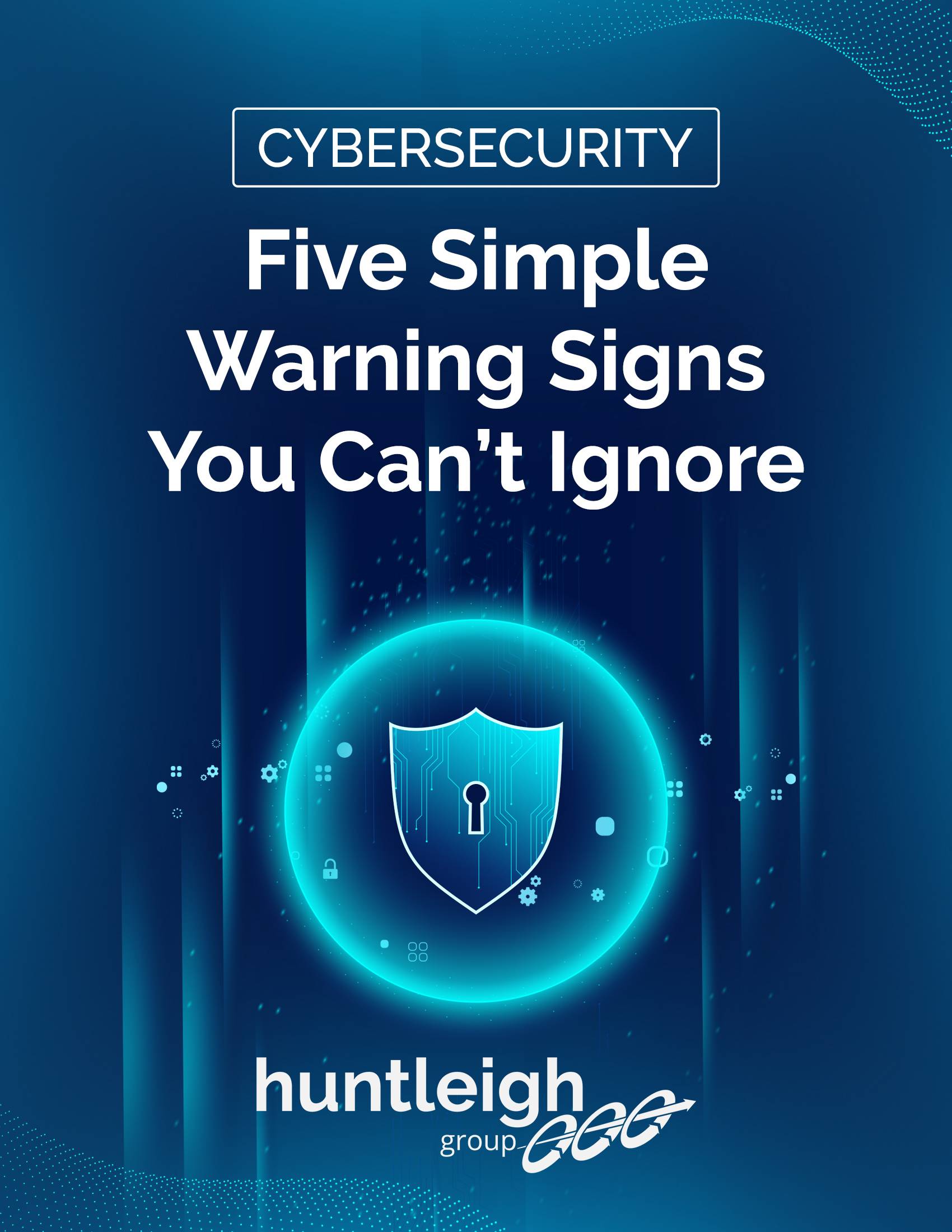Hey, everyone, Scott Munden here from Huntleigh Group.
Welcome to part five in our series on active listening.
Today’s topic is avoiding interruption.
So we’ve spent a lot of time discussing specifically creating that space, showing that you’re engaged. The space that comes between the action and the reaction, especially as it relates to communication. And so avoiding interruptions might seem somewhat obvious in that regard.
But I think we’ve all been part of those discussions, especially when they’re intense, where that space narrows down to zero and sometimes overlaps.
In other words, people are actually talking over each other and that tends to not be very productive. And it’s not likely that either party is going to pick up the message that’s intended to be received. So we think it’s important.
Again, it feeds with all the other subjects that we’ve been talking about to avoid interrupting.
You’ll know, you’ll get the nonverbal cues and you’ll know when you’re expected to respond. So wait for those cues. And again, try to avoid crafting a response or letting the intensity of the discussion cause you to interrupt.
So that’s our tip for the day. Look forward to presenting our next subject and we’ll see you soon. You close.





